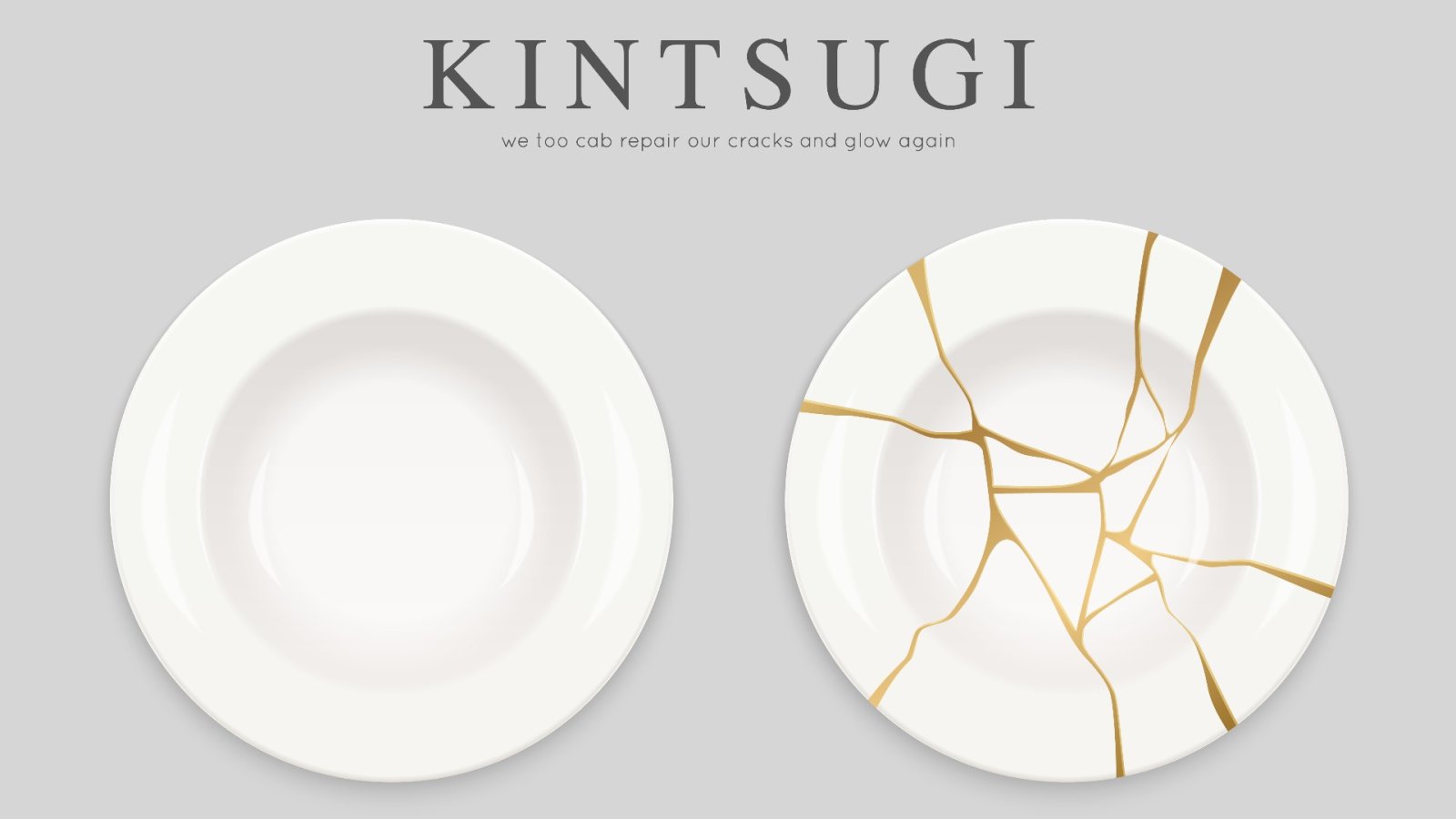Many times, we try to resurrect an old piece of clothing that's been damaged or too old. Little do we know that the act of restoring something that's broken also has therapeutic properties. In fact, repair goes far beyond your wardrobe and it comes from the ancient art of kintsugi, practiced in Japan. It means that a broken piece of pottery is repaired with powdered gold. At the center of the exhibition "Eternally Yours", a show dedicated to caring, repair, and healing held at London's Somerset House, there are stunning pieces like Peter Marigold's FORMcard, or the Beasley Brothers' Repair Shop created by designer Carl Clerkin to fix any object. During the exhibition, a number of artists have worked with tossed objects, transforming them into works that are functional and also good-looking.
The Somerset House curator - Claire Catterall - says she has been thinking about matters like repair, waste, and use. And also, a practice of self-healing during the pandemic where people helped one another with whatever was needed in a community. So, there is the idea that restoration is an act of care and this was the central theme of the exhibition. One can find here a lot of examples to approach the repair.
When talking about repair, the definition from the dictionary tends to focus on practicality. Basically, we talk about an object or something physical that is broken and needs repair. We need to restore something that is broken and get it back in a good condition, one that can be used and functional. We're talking about clocks, dishwashers, cars, and so on. But there is more to fixing than furniture, and this practice can go from physical to spiritual.
Some objects may need professional intervention, but a lot of things utilized in your home can be fixed without a specialist if you know what you're doing. Tips and tricks for making and mending pop up every year and the internet is truly a gold mine in helping and encouraging one to learn more about repairing, saving, recycling, and prolonging the life of an object, even if we're talking about clothes. Maybe this year you'll learn how to sew, darn, and store.
Of course, many would complain about not knowing how to do this, but it isn't the case anymore, as everyone has this basic knowledge, skills, and tools. Just think about the BBC's show The Repair Shop which is already in its 10th series. It shows the continuous interest in expert manual trades, as well as the tales unlocked by repair. The show's hypothesis is straightforward: in a workshop in England, a team of talented craftspeople gathers to repair family antiques carried by associates. Directed by furniture restorer Jay Blades, the unit of metal workers, clock restorers, harness designers, and carpenters, fix the object and tell its story. Although it might have the same soft, reflective shine as another BBC show, this is antithetical in its format. It does not feature people with treasures that are worried to learn whether they're worth something, but it is a show about the comprehended value embedded in those objects. It can be an old object with an important signature or a designer-branded object that has emotional value - the following repairs become touching because they extend the life of something that is already loved.
There is openness in the creation of craftspeople that are passionate about repair and the art of Kintsugi. The truth is, restoration is interesting for many reasons and it appeals to people because it really helps you think about how to take care of the things you possess. It makes you mindful of what you waste, and what you should hold on to. What's more, it can also ask you to be more considerate about the things you buy. But there is something refreshing in those pieces that recognize that repair doesn't have to be perfect and that injuries don't always recover without a trace. These results encourage us to commit to restoring as an act of healing and that doesn't just fix a broken object.






